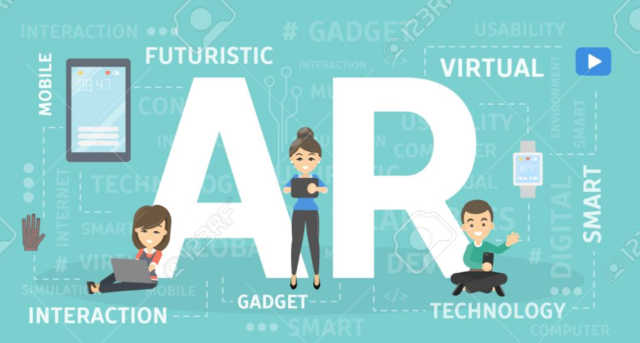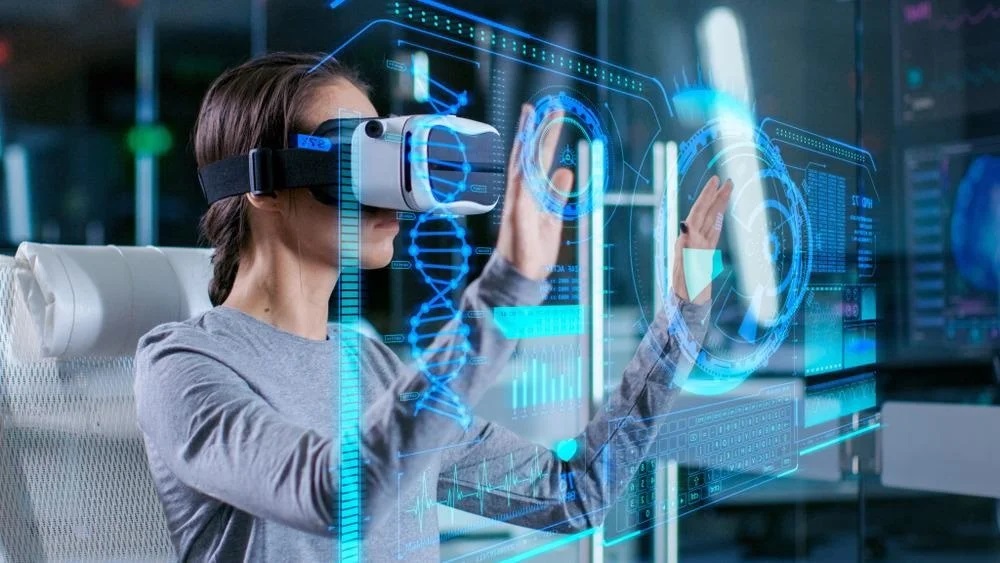Introduction
In recent years, Augmented Reality (AR) has emerged as a transformative technology, bridging the gap between the physical and digital worlds. For marketers in India, AR presents an exciting opportunity to engage consumers in innovative ways. This blog explores how AR can be leveraged for interactive marketing in India, highlighting its potential benefits, successful case studies, and future prospects.

Understanding Augmented Reality
Augmented Reality overlays digital information onto the real world through devices such as smartphones, tablets, and AR glasses. Unlike Virtual Reality (VR), which creates a completely immersive digital environment, AR enhances the real-world experience by adding digital layers of information. This interactive approach can make marketing campaigns more engaging and memorable.
The Indian Market: A Growing Opportunity
India’s burgeoning digital landscape, combined with its large, tech-savvy population, makes it a fertile ground for AR-driven marketing strategies. With increasing smartphone penetration and improved internet connectivity, AR is becoming more accessible to Indian consumers. This presents a unique opportunity for brands to create immersive and interactive experiences that resonate with local audiences.
Innovative AR Marketing Strategies in India
- Interactive Product TrialsAR allows consumers to virtually try products before purchasing, enhancing their shopping experience. For instance, beauty brands can use AR to let users test makeup shades, while furniture retailers can enable customers to visualize how furniture will look in their homes. This technology reduces uncertainty and boosts consumer confidence in their purchases.
- Enhanced Customer EngagementAR can transform static advertisements into dynamic experiences. Imagine a billboard that comes to life with interactive content when viewed through a smartphone. Brands can create compelling stories or games that capture attention and encourage users to interact with their advertisements in new ways.
- Virtual Store ExperiencesFor brands looking to create a unique shopping experience, AR can offer virtual store tours. This is especially beneficial for businesses that want to reach customers in remote areas or provide a virtual shopping experience that mimics an in-store visit.
- Event MarketingAR can enhance event marketing by providing attendees with interactive elements. From AR-enabled event invitations to virtual event tours and interactive booths, this technology can make events more engaging and memorable.
Successful Case Studies
- LenskartLenskart, a leading eyewear retailer in India, leveraged AR for its virtual try-on feature. Customers can use the Lenskart app to see how different eyeglasses look on their faces, making it easier to choose the perfect pair without physically trying them on.
- Tata MotorsTata Motors implemented AR technology in its marketing strategy by allowing potential customers to explore their vehicles in a virtual space. Prospective buyers could interact with 3D models of cars, explore features, and even customize their vehicle choices, all from their smartphones.
Challenges and Considerations
While AR offers numerous advantages, there are challenges to consider:
- Infrastructure: High-quality AR experiences require robust infrastructure, including high-speed internet and advanced devices. Brands need to ensure their target audience has access to the necessary technology.
- Content Creation: Developing AR content can be complex and costly. Brands must invest in high-quality AR experiences that deliver value to their audience.
- User Experience: The success of AR marketing relies on seamless user experiences. Poorly executed AR applications can frustrate users and detract from the brand’s image.
Future Prospects
As AR technology continues to evolve, its potential for marketing in India will expand. With advancements in AR hardware and software, brands will have more opportunities to create innovative and interactive marketing campaigns. The integration of AR with other emerging technologies, such as AI and IoT, could further enhance its impact.
Conclusion
Augmented Reality represents a powerful tool for interactive marketing in India. By embracing AR, brands can offer unique and engaging experiences that resonate with consumers, drive brand loyalty, and stand out in a competitive market. As technology advances and consumer expectations shift, AR will likely play an increasingly central role in shaping the future of marketing in India.


No responses yet